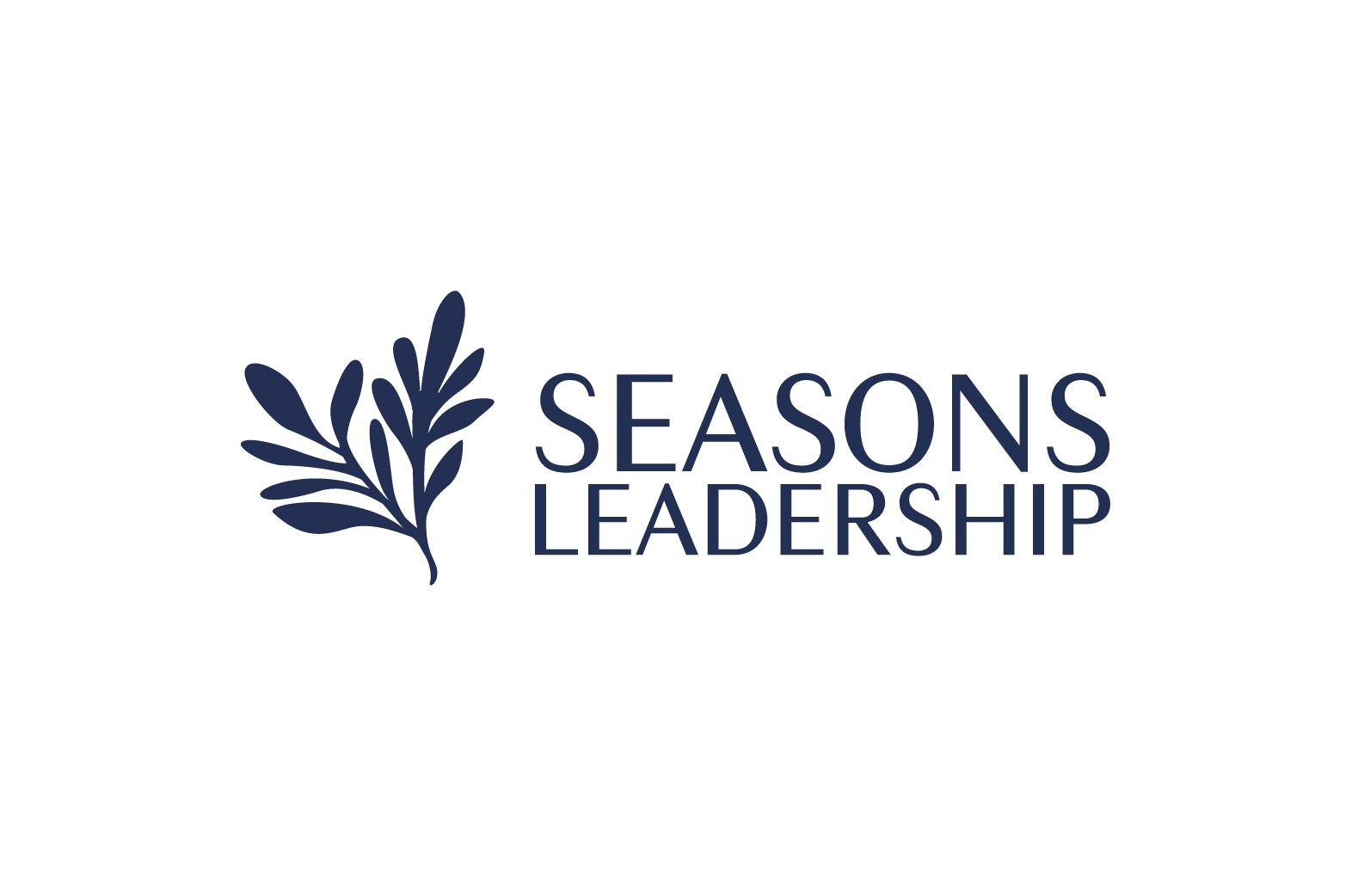Building trust with a team and a way of operating that reinforces trust is critical fora leader. An operating rhythm helps to establish and cement the culture of the organization more quickly. Our resident Seasoned Leader David Spong provides a compelling example here.
During my career, I had the pleasure of leading two very different but successful teams within the Boeing Company: Airlift and Tanker (A&T) Programs headquartered in Long Beach, CA, and the Aerospace Support Division (AS) headquartered in St Louis, MO.
At A&T we implemented a set of operating principles for our Leadership Team. These principles defined how we would work with each other and interact. We hung them on the conference room walls and created badge extenders. It gave us a way as a team to govern our own behavior.
In2000, when I took over the AS Division, we launched the use of the Baldrige Framework. One of the first things I did was to hold an off-site meeting with my new Leadership Team. The Leadership Team at AS was not accustomed to holding off-site meetings, but these meetings had proved very beneficial for me atA&T, and I wanted to start by using proven practices. During that meeting, I introduced how I wanted to lead the organization.
An important part of the meeting involved developing an operating principles agreement, starting from the document we had developed and used at A&T. Initially, it was very painful to create the new AS document and we spent a lot of time painstakingly wordsmithing the document. When we finally broke up for dinner, we were exhausted and had maybe 90 percent of the document crafted.
The next morning, we started with the operating principles again, with the goal being to get acceptance from the entire Leadership Team. Surprisingly, the document was finalized and fully accepted quickly. We printed the operating principles on small cards that could be worn with our badges and could be used to identify violations in behavior during meetings, much like “yellow cards” in soccer. While we used these cards in a lighthearted manner, it helped to reinforce the culture, highlighting respect, collaboration, caring, sharing and trust.
Two of the operating principles we used in both organizations were:
· We work toward consensus
· Our silence is consent
We have all seen team members, in a meeting intended to make decisions, sit in silence and contribute nothing to the discussion, who obviously disagree with where the decision is headed. Their body language screams I am not going to agree with this decision, nor am I going to abide by it! Thus, we included the “Our silence is consent” in the list of operating principles to let such members know that being silent does not mean you are not party to the decision and not bound by it!
To facilitate involvement of all the team members we used a consensus building approach which we called the “5-Finger method”. When a decision is proposed we ask everyone to raise a hand with:
· Five fingers extended if they can fully support the decision.
· Three fingers if they can support the decision, but with some reservations.
· One finger if they cannot support the decision.
Next, we asked those who raised less than five fingers to express their concerns and change or modify the decision to (hopefully) reach consensus. We continued with the discussion until either we reached consensus or were deadlocked. At that point the leader made the final decision.
While this simple approach did not guarantee that we gained consensus it forced tough conversations and improved the odds considerably by ensuring that everyone was heard. We found that people often would accept a decision that they do not agree with as long as their concerns were heard!
These two approaches; operating principles, and consensus voting helped provide the Leadership Team with ways to work together and continue to build trust.
After not very long we got some evidence that the culture we were creating in AS was noticed in other parts of the St. Louis site. Normally, in aerospace the support organizations are not where engineers want to work. They want to be on the development or production of airplanes. However, engineers from other programs on the site started contacting people within AS and inquiring whether there were any jobs available!
My takeaway from this is that people recognized the good culture we were building in AS and wanted to be a part of it. A good culture creates a pull towards the organization because people who aren’t in the culture want to be a part of it and people who are already in that good culture want to stay there.
At Seasons Leadership we love the operating principles and consensus voting approaches in David’s example. We believe that the leader sets the example that drives the culture of the organization and by implementing approaches that build and reinforce trust it helps to establish the desired culture more quickly. Leaders can learn from this example by thinking about how they can build trust in their organizations and by adopting approaches such as the ones described in this Lesson in Leadership.
You can read more of David’s Lessons in Leadership column by subscribing to our Seasons Leadership Patreon site:
Support Travels Through the Grapevine
Do the Right Thing Always
Knowing Your Priority














